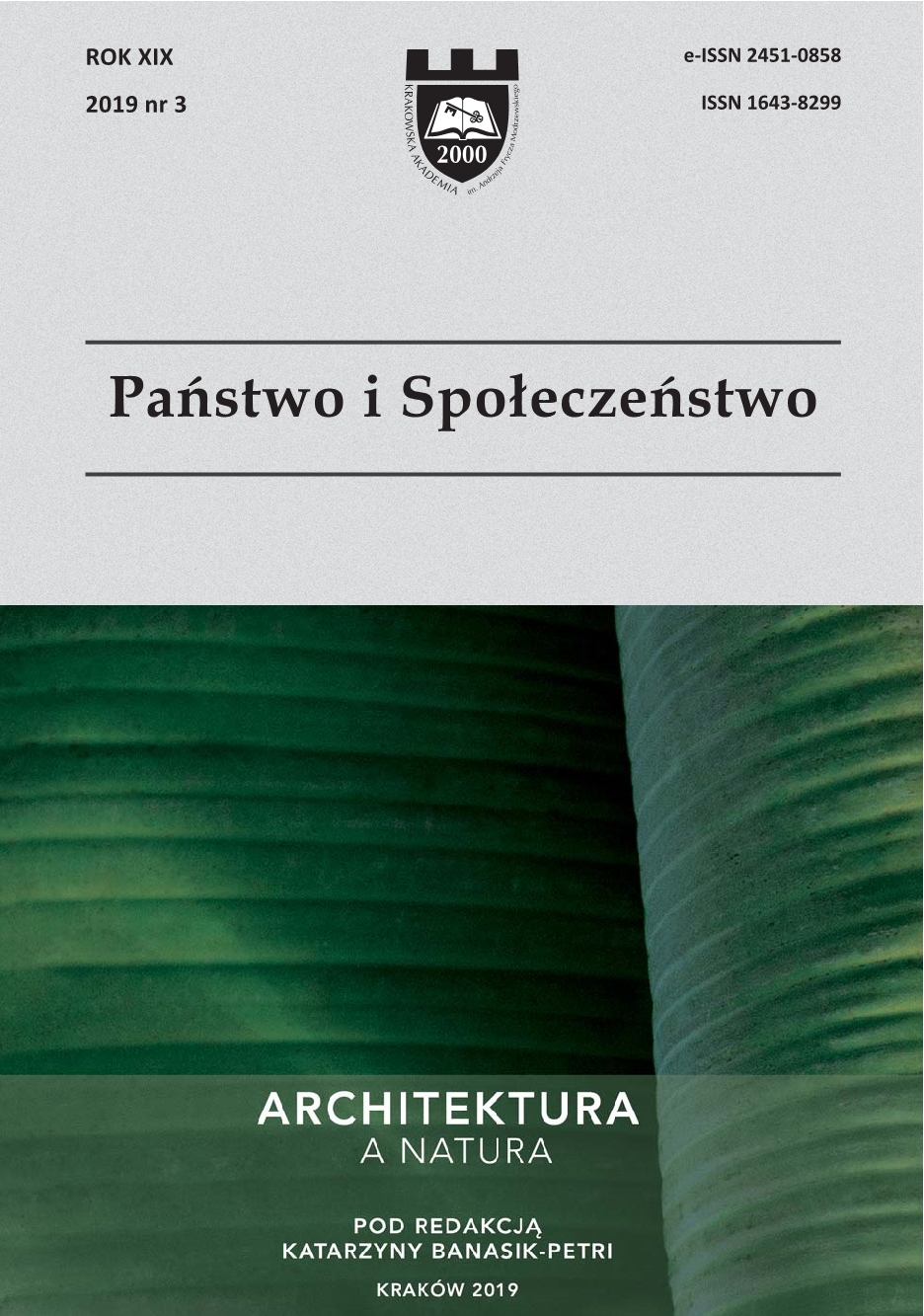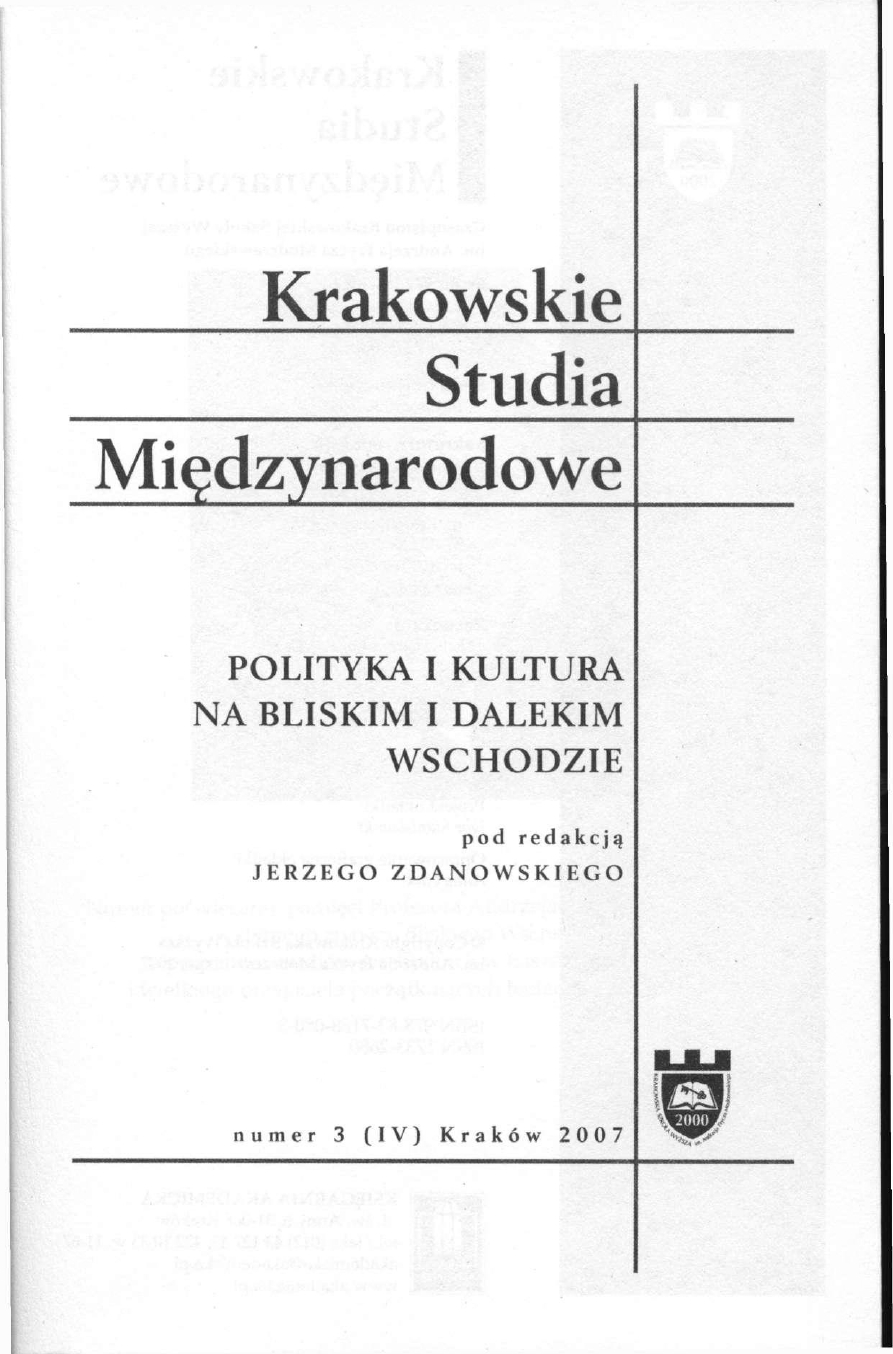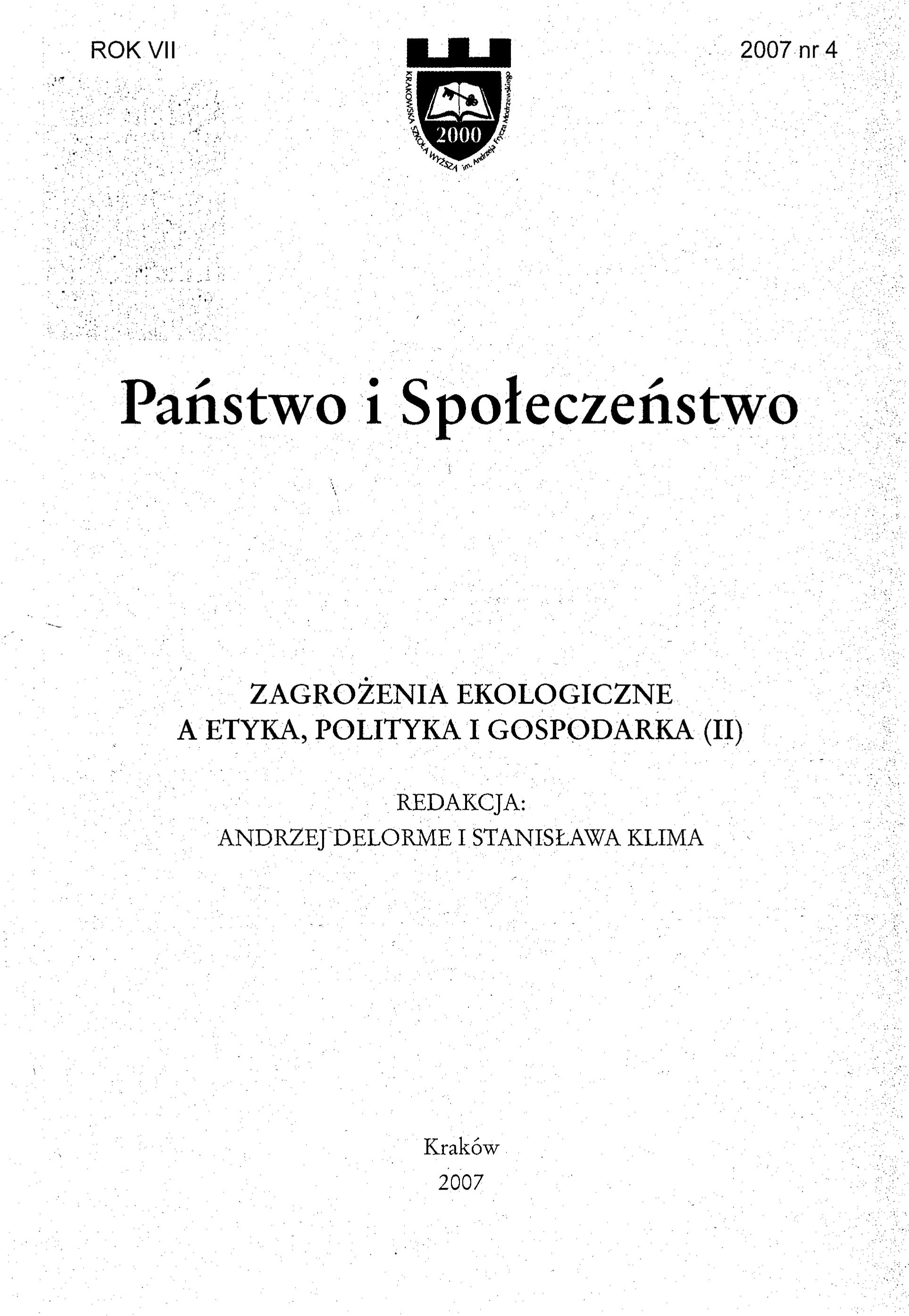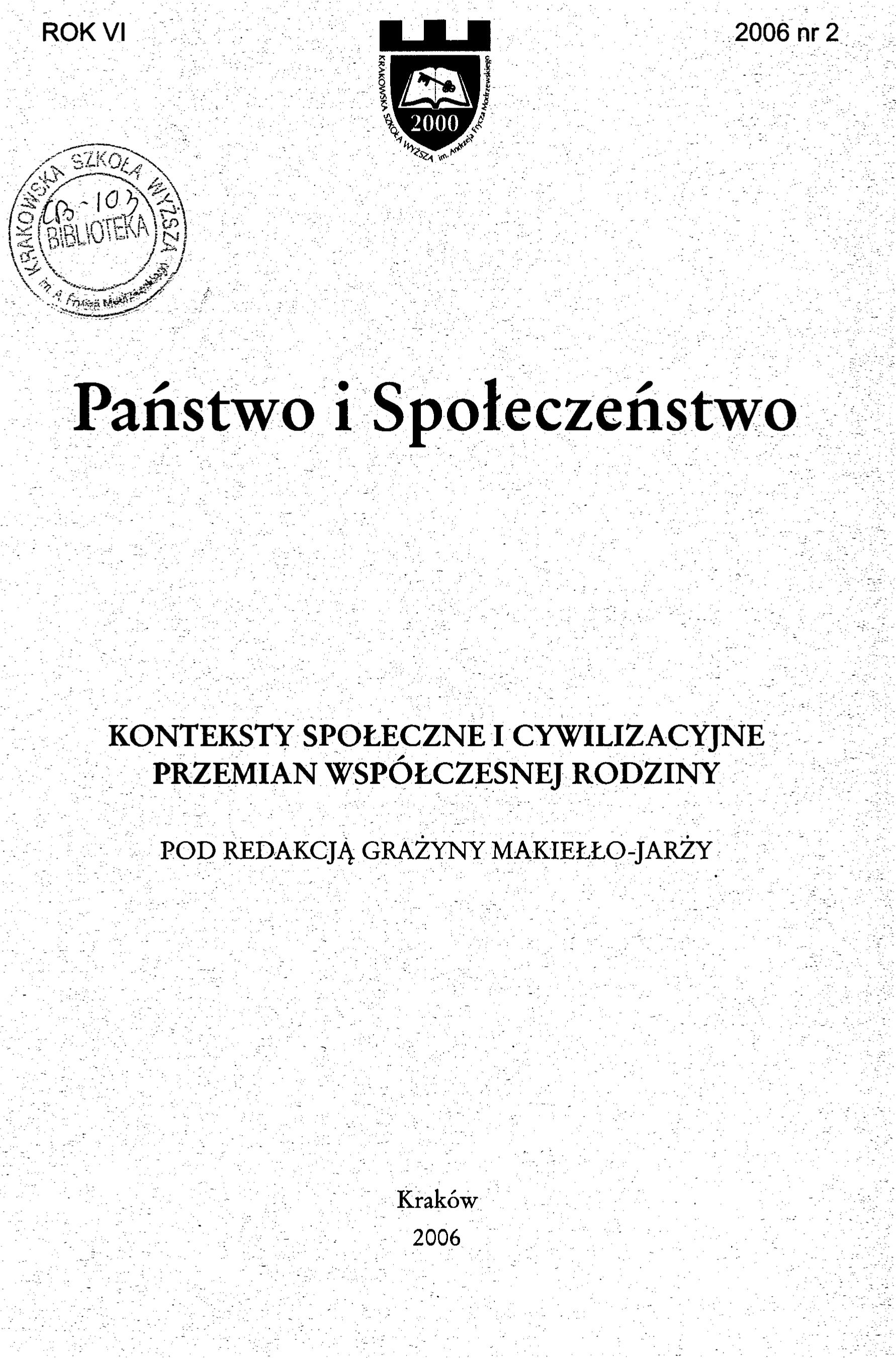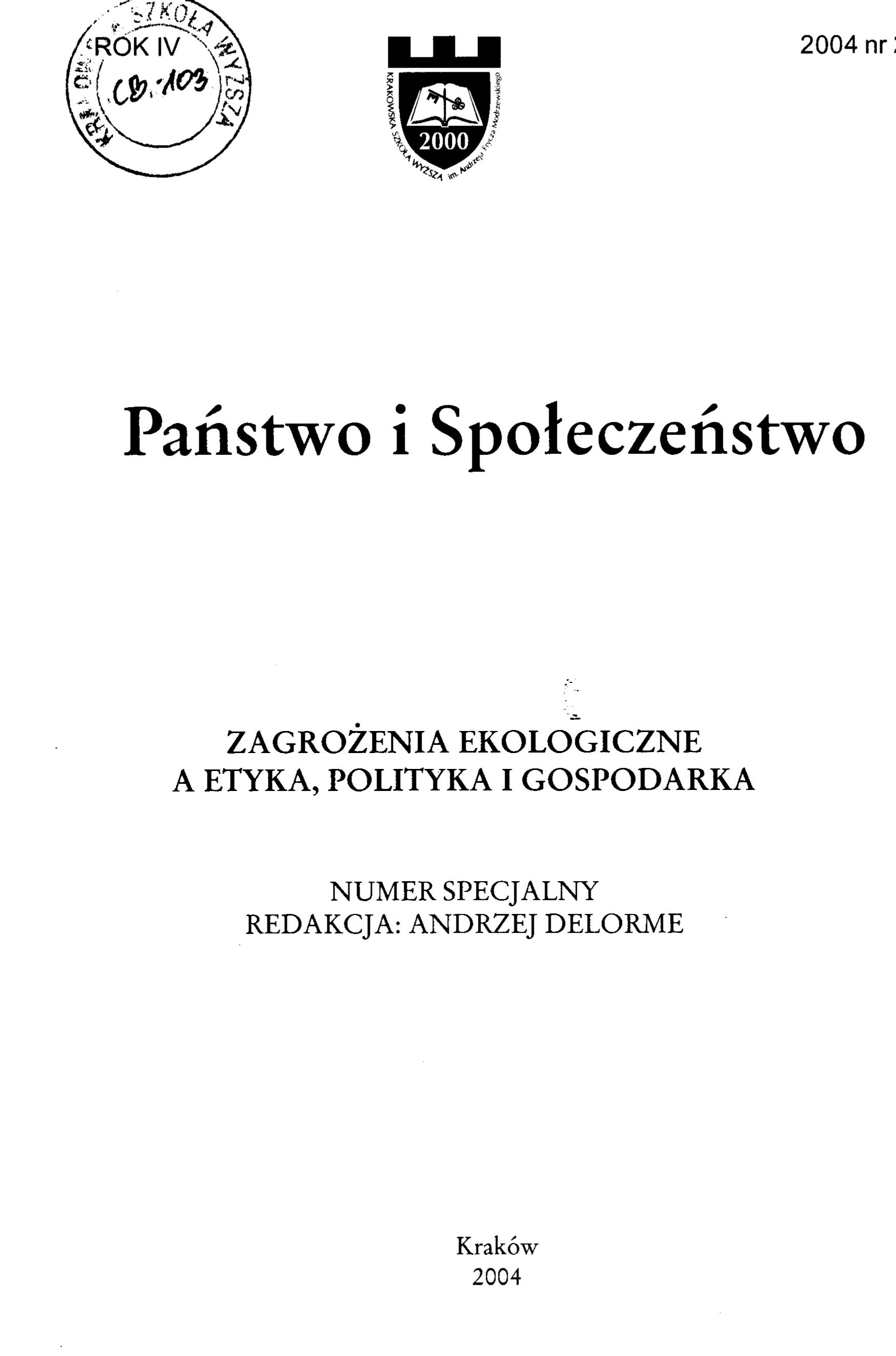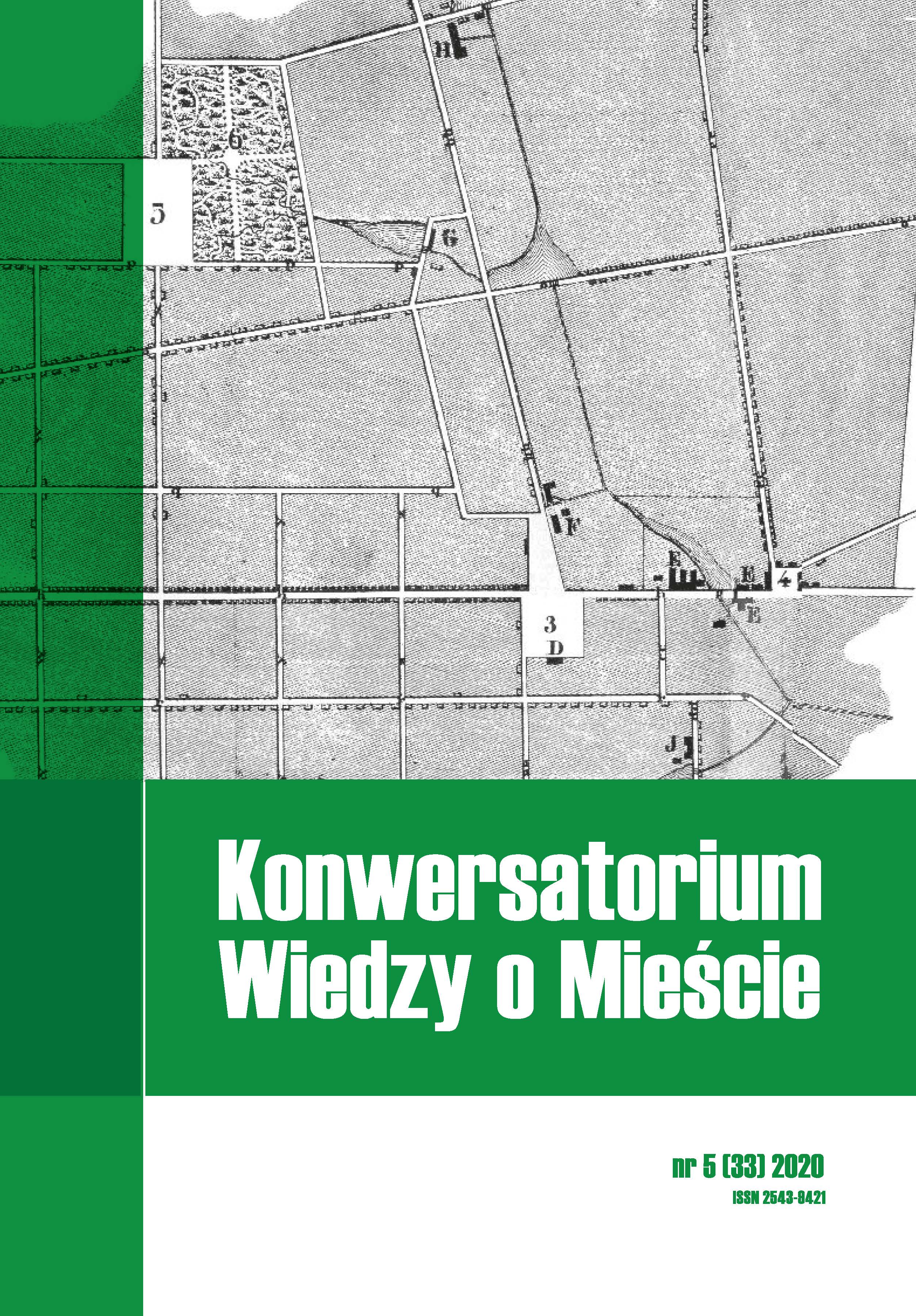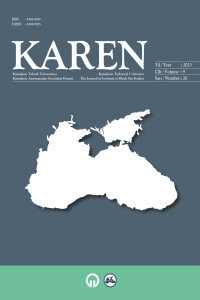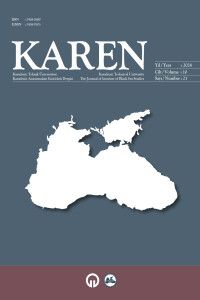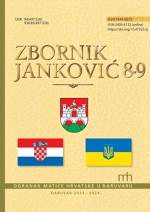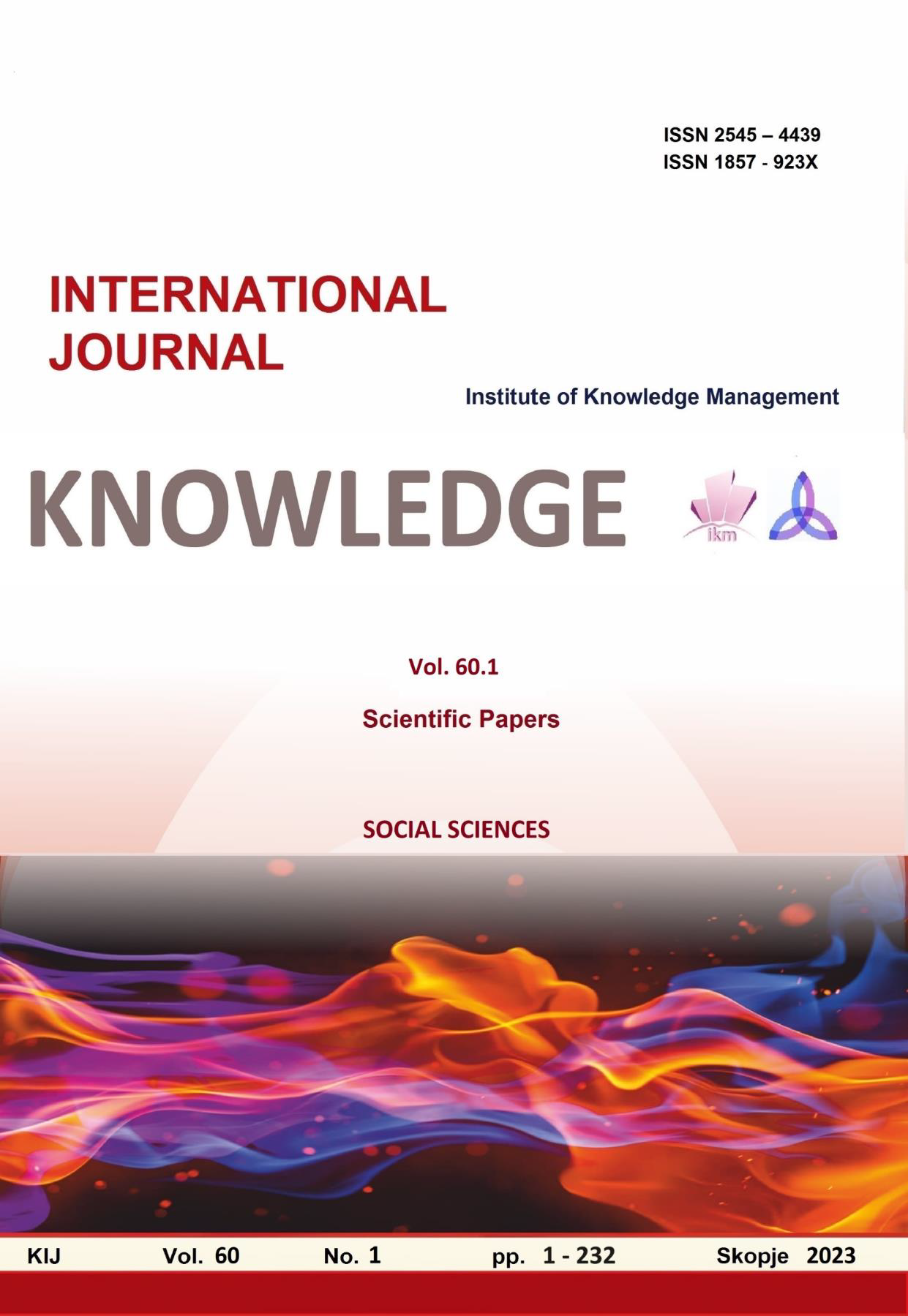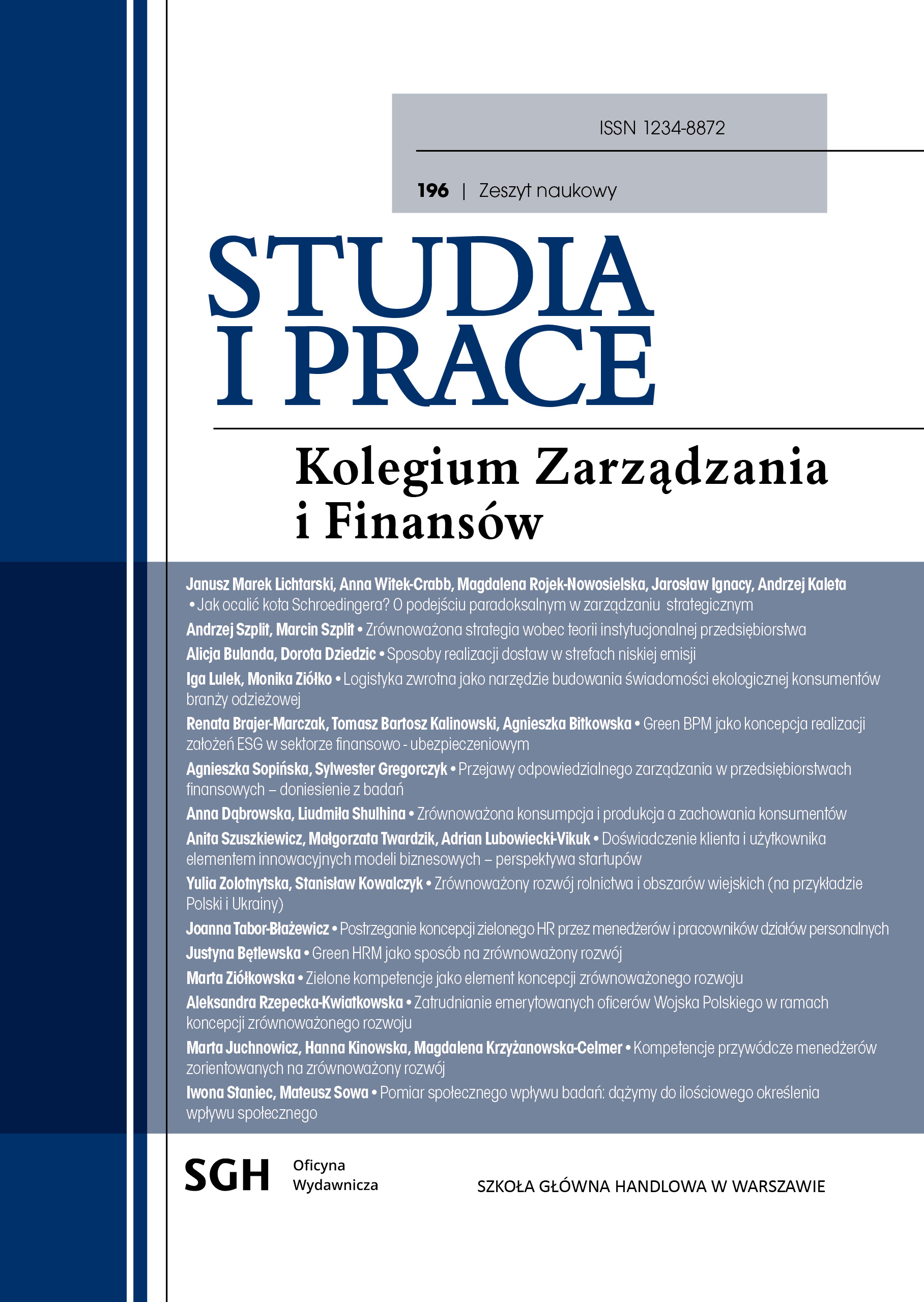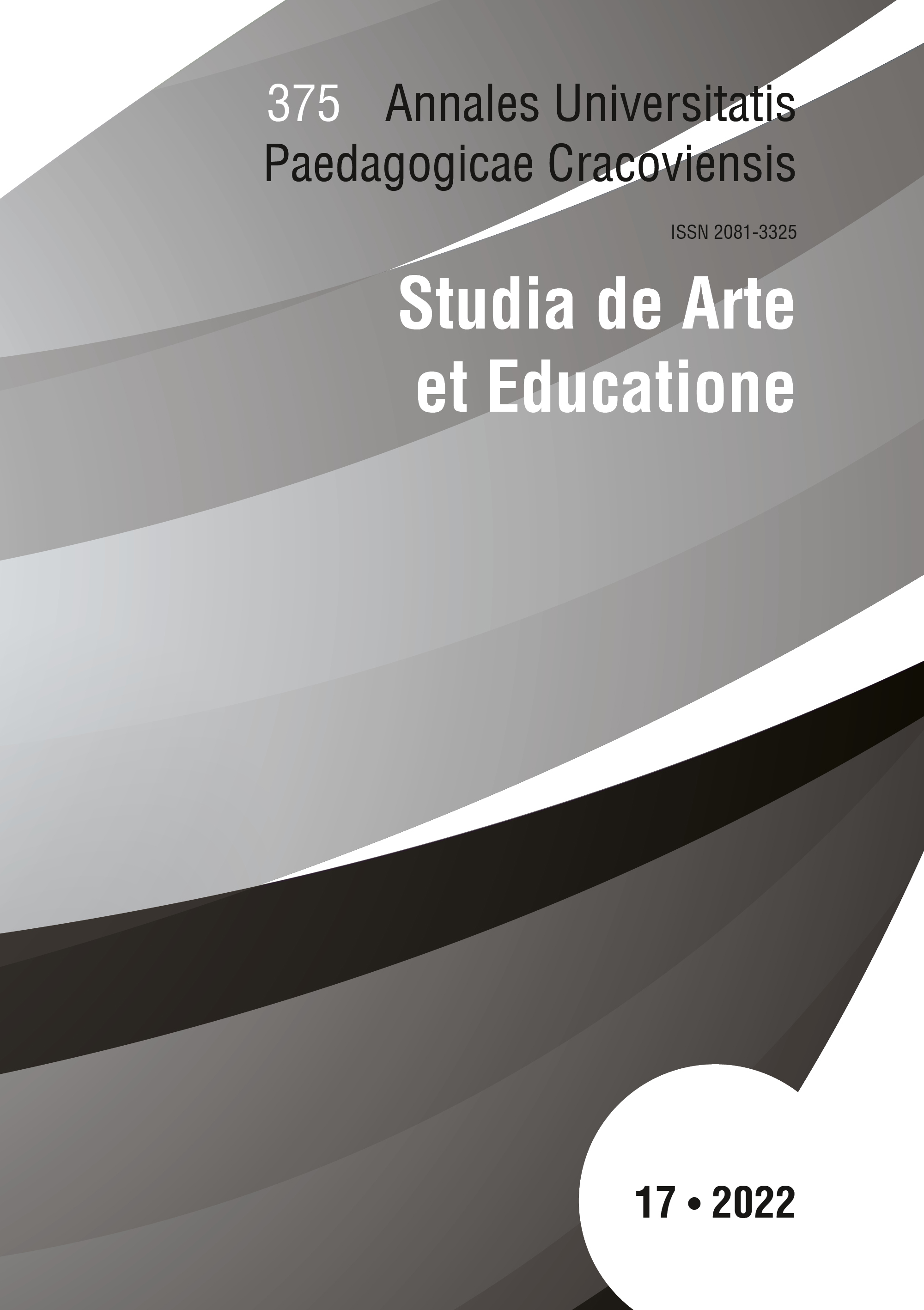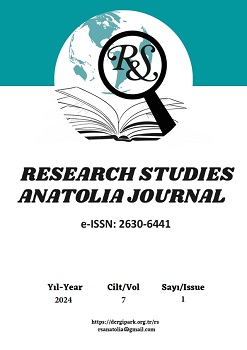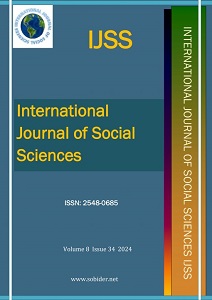Author(s): Mehmet Sami Bayraktar / Language(s): Turkish
Issue: 20/2023
Otmanli, which is the Central Village of Yenikonak Subdistrict of Sinop Province, Ayancik District, is located 10 km south of Ayancik. There are still 13 types of traditional rural buildings in the village, including houses, barns - sheep pen – hayloft, woodsheds, warehouses, ovens, fountains, wells, culverts, workshops, coops and arbors. The houses and Barns - sheep pen in the under-house section is the subject of the first article, and the rest of them are the subject of this study. By doing a comprehensive analysis of the neighborhood and the Black Sea Region, analyzes were made about the characteristic features of the building types and their place in traditional rural architecture. The study will contribute to the documentation and evaluation of the traditional rural architecture of the Sinop region. There is no scientific study on the structures in the study area. We believe that the Meydan Fountain, which we date to the 17th century, and the Oven No. 1, which we date to the 18th century, may be the oldest constructions based on the information provided by the people and the architectural characteristics of the buildings. Other structures must have been built between the 19th century and the middle of the 20th century. The traditional rural buildings in Otmanli Village are a reflection of the culture of folk architecture that has accumulated over time on the village scale. In the structures examined in terms of construction system, three different types are encountered. Masonry, wood frame and wood masonry (bag). Types were applied in a mixed manner in different sections of the same structure. However, wood masonry and wood carcass are much more dominant than the masonry (stone masonry in Otmanli) system. In the context of spatial layout), a similar typification can be mentioned in every building type, as in houses. Barns - sheep pen - hayloft are structures with an integrated character under the same roof. Warehouses, which are simple similar to the structures known as serender in the Eastern Black Sea Region, are two-storey structures consisting of a pole studding and a warehouse floor above it. Ovens seen as twin and single kilns; It consists of the main structure with a square space and a dome and the porch in front of it. Fountains; It is of two types, the first of which is leaning against the courtyard wall, with a keel bowl, a long trough in a row, and the other is a square fountain with a Warehouse. The Square Fountain, which is the most staring structure of the village with its impressive roof, mass, material-technical and figural decoration elements, is a meticulous and ostentatious example at the provincial scale. Blacksmith’s workshop, wells and culverts are very simple structures. The construction system, plan, material-technical, architectural elements and ornamentation features of the traditional buildings of Otmanli Village reflect the rural character of the Central Black Sea Region. Similar structures are also seen in Sinop and neighboring provinces. The stone roof cladding, which also attracts attention with its “support dowel” detail, is the most unique architectural element of the research area.
More...
